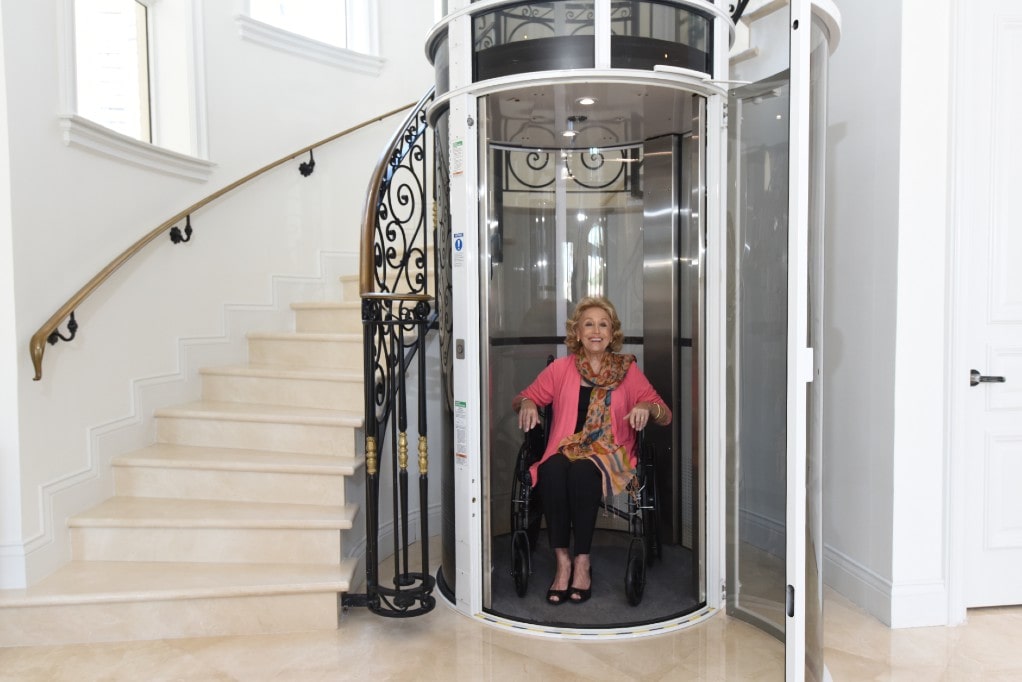London Lift Company: Trusted Experts for All Your Upright Transport Requirements
London Lift Company: Trusted Experts for All Your Upright Transport Requirements
Blog Article
Looking Into the World of Elevators: Usual Issues Encountered by Numerous Lift Systems
As we browse through the vertical transportation systems of modern-day buildings, lifts stand out as an important part of our day-to-day lives. From hydraulic lifts to grip systems and machine-room-less styles, each lift kind comes with its collection of usual concerns.
Hydraulic Elevators
Hydraulic elevators, typically liked for low-rise structures, use fluid pressure to regulate the movement of the elevator vehicle (lift repair companies). This mechanism entails a hydraulic pump pushing oil right into a cyndrical tube, causing the elevator to relocate the preferred instructions. While hydraulic lifts are understood for their silent and smooth procedure, they do come with their very own collection of typical concerns
One common problem with hydraulic lifts is oil leakage. The seals in the hydraulic system can break with time, leading to oil infiltration. If left unaddressed, this not just produces a mess but can likewise affect the elevator's performance. In addition, issues with the control system, such as defective valves or a malfunctioning pump, can cause disruptions in the elevator's activity.
Regular upkeep and punctual repair services are vital to make sure the smooth performance of hydraulic lifts. By dealing with these usual issues proactively, building proprietors can lessen downtime and guarantee the safety and efficiency of their upright transportation system.
Traction Elevators
When considering vertical transport systems in buildings, an additional common kind besides hydraulic elevators is the traction elevator. Traction elevators operate utilizing a system of ropes and counterweights that move the lift vehicle by clutching onto the hoist ropes. This system permits smoother and faster upright transportation contrasted to hydraulic systems.
Among the typical problems dealt with by traction lifts is rope wear. The consistent movement of the ropes within the traction system can bring about tear and wear gradually, potentially triggering the lift to malfunction or end up being risky for usage. Regular inspections and maintenance of the ropes are vital to ensure the elevator's correct functioning and safety.
Another issue that traction elevators might come across is associated with the control system. Problems with the control system can result in issues such as irregular activity, hold-ups in reaction times, or perhaps full shutdowns. Regular screening and maintenance of the control system are critical to stop such problems and ensure the elevator's reliability.
Machine-Room-Less (MRL) Lifts

One of the essential elements of MRL lifts is the portable gearless traction equipment that is mounted within the hoistway. This device effectively drives the lift car without the requirement for bulky devices located in conventional traction elevators. Additionally, MRL elevators generally utilize a counterweight system to stabilize the automobile, further enhancing their power performance.
In spite of their benefits, MRL lifts might face obstacles connected to maintenance and repair work as a result of the constrained area for tools installation. Availability for servicing parts within the shaft can be restricted, requiring specialized training for professionals. Correct maintenance timetables and regular inspections are essential to guarantee the ongoing smooth operation of MRL lifts.
Overloading and Weight Restriction Issues
Are lifts furnished to manage excess weight tons effectively and safely? Straining and weight restriction problems are essential worries in lift operations. Elevator makers style lifts with certain weight capabilities to ensure traveler safety and equipment durability. Exceeding these weight limits can lead to various troubles, consisting of mechanical failings, hold-ups, and safety and security threats.
When elevators are overloaded, it places extreme strain on the electric motor, cables, and other elements, potentially causing breakdowns or failures. If they discover excess weight, security systems such as sensors and overload sensors are in area to protect against lifts from moving. Furthermore, exceeding weight restrictions can bring about enhanced power intake and damage on the elevator system.
To alleviate overloading issues, constructing supervisors ought to prominently show weight limitations in elevators lift companies in London and enlighten passengers on the relevance of sticking to these restrictions - lift repair companies. Regular maintenance checks by qualified service technicians can likewise assist make certain that lifts are running within secure weight specifications. By dealing with overloading and weight limitation issues proactively, building proprietors can improve lift security and efficiency
Electrical System Failures
Going beyond weight restrictions in elevators can not just lead to mechanical concerns but likewise possibly contribute to electrical system failings within the lift framework. Electrical system failures are an essential concern in lift operation, as they can create unexpected closures, malfunctions, or even safety threats.
In addition, power surges or fluctuations in the electrical supply can also interrupt the elevator's operation, affecting its efficiency and safety and security. These electrical disruptions can damage sensitive elevator parts such as control board, circuit card, or sensors, bring about system failings. Normal maintenance and evaluations are essential to recognize and deal with potential electrical issues without delay, guaranteeing the reliable and safe operation of elevator systems. By adhering to weight limits and conducting regular electric system checks, building owners can alleviate the threat of electrical failings in lifts.
Conclusion

Hydraulic lifts, usually chosen for low-rise structures, utilize fluid pressure to regulate the movement of the lift automobile.When thinking about vertical transport systems in buildings, another typical type apart from hydraulic elevators is the traction elevator. Grip lifts operate utilizing a system of ropes and counterweights that relocate the lift car by gripping onto the hoist ropes. Unlike standard lifts that require a separate equipment space to house the devices, MRL lifts incorporate most of the parts within the shaft, removing the need for a specialized device room.In lift repair near me verdict, elevators deal with usual we maintain lifts issues such as hydraulic breakdowns, grip system failings, and electrical system problems.
Report this page